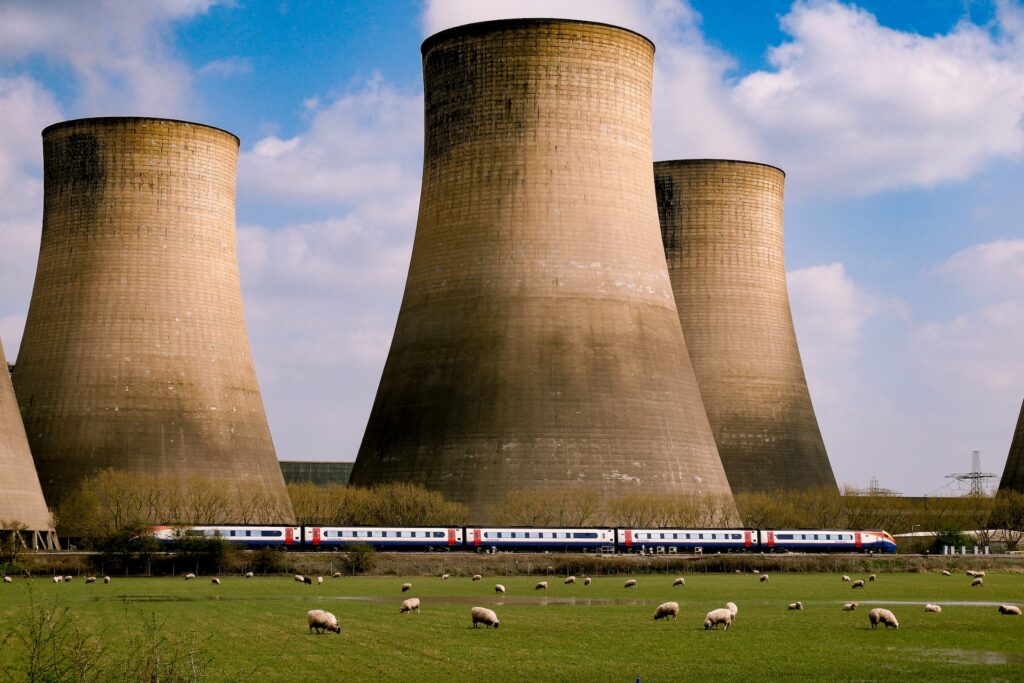In March’s Spring Budget the Chancellor announced that nuclear power will be classified as “environmentally sustainable” in UK’s green taxonomy, “giving it access to the same investment incentives as renewable energy.”
It’s a controversial topic, underpinned by a recent policy shift to “reverse decades of underinvestment” and bet big on nuclear. The UK’s latest Energy Security Plan says it wants new nuclear projects, with the aim that up to 25 per cent of the UK’s electricity could be from nuclear sources by 2050 – up from 15 per cent today.
Further, the first job for the new Great British Nuclear will be launching a competition to select the best Small Modular Reactor technologies for development; smaller nuclear plants based on the latest technology by Autumn.
Yet the big juxtaposition remains, as National Grid puts it, ‘Around what to do with spent fuel from reactors, as there’s still no definitive way to dispose of it indefinitely without risk.’
There’s an oddity at play here that represents the challenging nuclear debate; a government taking a definitive step for nuclear while its electricity system operator calls the technology risky.
More precision on nuclear pros and cons
National Grid says, and most analysts agree, that from an emissions sense, nuclear power is considered clean. It produces zero carbon emissions and doesn’t produce greenhouse gases through operation.
The lifecycle emissions of nuclear energy are also significantly lower than in fossil fuel-based generation.
Nuclear is also handy from the supply perspective. It’s always on, so it can fill generation gaps from renewables if there’s little wind or sun on a given day.
Viable positives then. But National Grid also notes concerns on spent fuel from reactors, which remain untouchable for considerable lengths of time when a nuclear site is decommissioned.
So; nuclear is a low carbon energy source – but the truth is we’ve no idea how to deal with the by-product, which you might argue is a similar mindset to just using coal, pretending the emissions don’t exist.
This, for those of a historical bent, was the approach behind the Industrial Revolution and that landed us where we are now; in a climate crisis.
Is the wider risk worth it?
Lest we forget, nuclear accidents also plague this technology, both the reality and the risk. Estimates are Japan has spent roughly 1 trillion yen ($7.3 billion) annually on the damage caused by the meltdowns at the Fukushima Daiichi nuclear power plant, and the final price tag is still uncertain.
That’s the price when things go wrong. Recent reports also show EDF’s new nuclear plant in south west England is likely to cost about 2 per cent more to build as inflation propels the price tag to almost 33 billion pounds ($40 billion).
Given geopolitics and secrecy, other, following figures are difficult to correlate, but Wikipedia says the initial emergency response to the Chernobyl nuclear disaster, together with later decontamination of the environment, involved more than 500,000 personnel and cost an estimated 18 billion roubles; roughly US$68 billion in 2019, adjusted for inflation.
The BBC notes the National Research Centre for Radiation Medicine (NRCRM) based in Kiev, Ukraine, describes the Chernobyl disaster as the “largest anthropogenic disaster in the history of humankind”.
NRCRM estimates around five million citizens of the former USSR, including three million in Ukraine, have suffered as a result of Chernobyl, while in Belarus around 800,000 people were registered as being affected by radiation following the disaster.
A future of doubt
By any estimation, balancing this dilemma is complex. Many disavow nuclear as expensive, dangerous and without meaningful waste management solutions.
Others see it as essential to the global low carbon transition. In today’s world, both viewpoints arguably hold water.
Tackling the energy and climate crises requires decisive action – and the nuclear debate will rage on. History will decide the winner.

